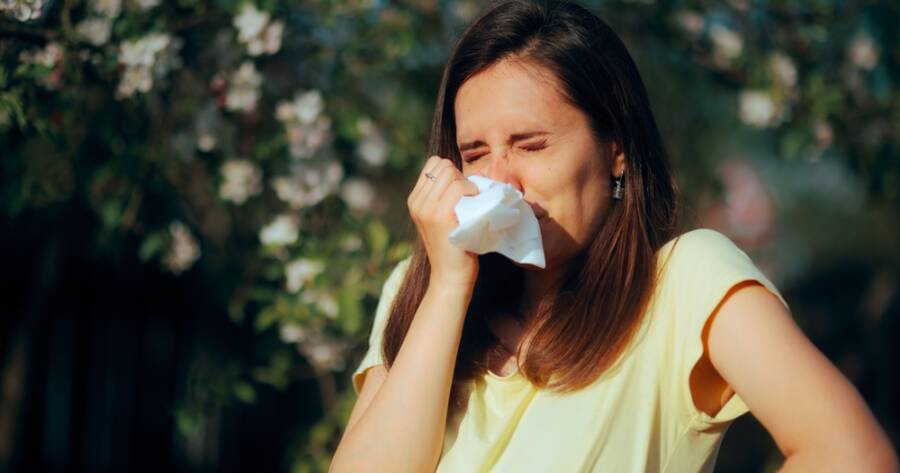For people who struggle with unexplained fatigue, headaches, skin rashes, or digestive issues, histamine could be a hidden culprit. Histamine is a natural chemical in the body that plays a role in immune response, digestion, and brain function. But when histamine levels get too high—or when the body can’t break it down efficiently—it can trigger inflammation and symptoms that feel like allergies. A low-histamine diet offers a growing strategy to reduce certain effects and bring relief to those with histamine intolerance.
What Is Histamine Intolerance?
Histamine intolerance occurs when the body has more histamine than it can handle. This isn’t the same as a food allergy. Instead, it’s a buildup problem, usually caused by a deficiency in an enzyme called diamine oxidase (DAO). DAO helps break down histamine in the gut. If it’s not doing its job well—because of genetics, medication, or gut issues—histamine levels can rise and cause trouble.
Because this is a proposed condition, lacking in scientific data, symptoms can be confusing and hard to trace. People may experience things like hives, nasal congestion, anxiety, brain fog, or digestive discomfort. Since these symptoms overlap with many other conditions, it often takes time for people to connect the dots and consider their diet.
Foods to Limit on a Low-Histamine Plan
Histamine is found naturally in many foods, especially those that are aged, fermented, or processed. Some common high-histamine items include:
- Aged cheeses, smoked meats, and cured fish
- Fermented foods like sauerkraut, kimchi, and yogurt
- Alcohol, especially red wine and beer
- Vinegar and soy sauce
- Tomatoes, spinach, and eggplant
Even some foods that don’t contain much histamine can still trigger the release of it in the body. These are known as histamine liberators and can include strawberries, chocolate, and citrus fruits.
To follow a low-histamine diet, it’s best to eat foods as fresh as possible and avoid leftovers sitting in the fridge for more than a day or two. Cooking and freezing meals right away can help preserve freshness and reduce histamine buildup.
Helpful Products and Supplements
While diet is the core strategy, some people also turn to specific products to support their efforts. Digestive enzyme supplements containing DAO are one option. These are usually taken before meals to help break down histamine in food before it causes symptoms.
Low-histamine protein powders, soups, and snacks are also starting to appear in health food markets. Some are labeled for people with histamine sensitivity and avoid common trigger ingredients. These can be helpful for busy days or when cooking from scratch isn’t an option.
Antihistamines can provide short-term relief, but they don’t fix the root issue. Instead, long-term improvement often comes from reducing histamine intake, healing the gut, and restoring enzyme balance through food and lifestyle changes.
Building a Sustainable Low-Histamine Plan
Switching to a low-histamine diet can feel overwhelming at first, but it becomes easier with a simple framework. Focus on whole, unprocessed foods. Fresh meat (not canned or smoked), most leafy greens, rice, apples, blueberries, and gluten-free grains are often well-tolerated.
Some people may only need a low-histamine diet for a few weeks to calm down symptoms, then gradually reintroduce foods to find their personal threshold. Others may need to stay low-histamine for the long term, depending on their body’s ability to process histamine.
Working with a dietitian or nutritionist who understands histamine intolerance can make the journey easier. They can help plan meals, suggest testing options, and ensure nutritional balance while avoiding high-histamine foods.
A Calmer Body Through Smarter Choices
A low-histamine diet isn’t just another trend—it’s a thoughtful approach to calming inflammation and helping people feel better when traditional answers fall short. By identifying trigger foods and using targeted strategies, many have found real relief from nagging symptoms that once disrupted their lives.
Whether it’s through careful food choices, the right supplements, or supportive products, managing histamine levels can lead to a clearer mind, calmer body, and greater confidence in everyday living. With time and attention, histamine doesn’t have to control your health—you do.
